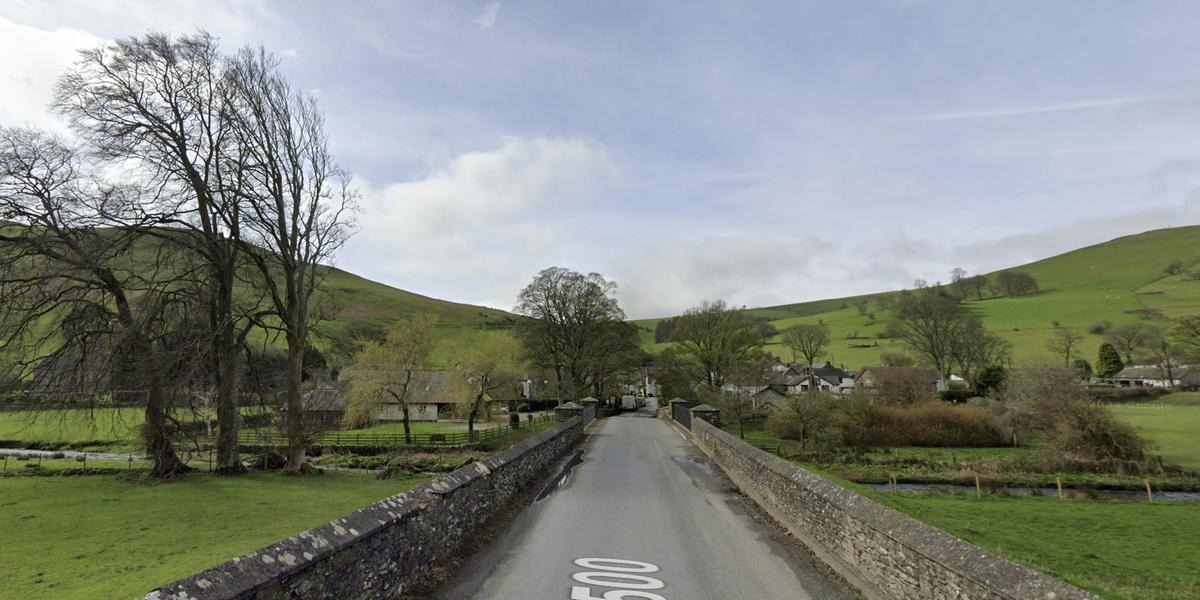Recently, writing in the Acton Institute’s Religion and Liberty Online, a Texas high-school teacher, Auguste Meyrat, brilliantly formulated the most precise description of education in post-COVID America: vegetative education.
As he writes, “Teachers in past decades have been faced with two choices: educating students with challenging material and frequent grading or engaging them with fun projects and participation grades.”
What is he talking about?
What does modern classroom instruction look like these days?
To put it mildly: A lot of it is not very good.
We can abolish the federal Department of Education, offer lip service about bolstering parental rights and abolishing DEI policies.
But unless we acknowledge the hollowness of conventional classroom instruction, it won’t make a bit of difference.
Here’s the dead giveaway: Our students suffer from a pathology of low expectations for themselves and especially for their teachers.
Many of the best and most experienced teachers I know tell me they have noticed something peculiar about their new students: They ask questions that reveal an academic ecosystem brimming with mediocrity: Are we doing anything today?
When do we get to have fun?
Hold on, I have to read at home?
Their expectations of ease don’t come from nowhere.
Instead of classrooms powered by lectures, student note-taking, robust discussions and frequent exams that require actual studying, we teachers are often encouraged to “meet students where they are.”
As a result, American students often spend their time watching YouTube videos, endlessly gaming online or engaging in distractions without end.
Assignments are far from academically grueling — group work, making posters, “class time” for longer projects.
And we wonder why 58% of instructors note their students have “little to no interest” in actually learning.
As an old-school colleague of mine observed, “Their brains have changed. They have been neurologically rewired, and not for the better.”
Direct instruction — by far the most effective form of teaching, from Aristotle to the present — is neither trendy for wannabe “reformers” nor easy for classroom teachers.
So it has been replaced by corn-syrup instruction: more projects, less homework, less memorization.
Many of us who still believe in traditional classroom instruction and expectations are so out of fashion that we feel like a kid going to prom without a date.
When I started teaching 26 years ago, I knew full well what was expected of me: mastery of my subject, adherence to a curriculum that focused on imparting deep knowledge and valuable skill sets, robust classroom management in which student defiance had real consequences, reasonable homework assignments with deadlines and exams that required actual studying.
Not anymore.
In a vegetative educational system, scholastic rigor is euthanized.
- Civics courses no longer emphasize political culture and American constitutionalism, but encourage “activism” and exploring a sprawling smorgasbord of “identities” instead.
- Language classes often focus on foreign cultures instead of dry linguistic conjugations.
- Learning grammar is now as passé as cursive.
- Students are allowed to choose what books to read instead of letting stuffy classics guide them. Who needs Hemingway when you can have John Green instead?
These changes that embrace an education of ease haven’t occurred in a vacuum.
They have been implemented because the very notion of what a classroom should do, what teaching excellence actually looks like, has been warped by the titanic difficulties faced by so many American students.
And yet, the real damage wrought by vegetative education, a pulsating toll that can’t be measured with quantitative data or granular research, is that it is depriving young Americans of one of the most formative and fundamental sensations of the human condition: breathing the rarified air of unfettered inspiration.
The classroom, when teachers are at their best, is a purposeful portal to learning about people, passions and possibilities, to decisive moments in life when a young person can point to something he or she is learning about and say, “I want to be like that person. I want to do what they do. I want to know what they know.”
As a proud public-school teacher who has taught thousands of students for over a quarter of a century, I know there is genuine magic in life that can be found in these moments of sublime inspiration.
I know because I have witnessed it myself time and time again.
But this magic will prove increasingly elusive if we persist in the fiction that teachers should never ask too much and never push too hard.
We now ask little of our children.
We shouldn’t be surprised when that is exactly what they give us in return.
Jeremy Adams is the author of the recently released “Lessons in Liberty: Thirty Rules for Living from Ten Extraordinary Americans.”

 By New York Post (Opinion) | Created at 2024-11-30 01:24:33 | Updated at 2024-11-30 04:29:46
3 hours ago
By New York Post (Opinion) | Created at 2024-11-30 01:24:33 | Updated at 2024-11-30 04:29:46
3 hours ago








